Fungible Vs Non Fungible Tokens
Token standards are essential for decentralized applications. Tokens must interact seamlessly with one another to support a healthy ecosystem. However, different tokens have slightly different innovative contract structures.
Developers must study how these different types of tokens interact with one another before creating a decentralized app. Here are some examples of how they differ. Listed below are two common scenarios that occur with cryptocurrency.
Tokens can be fungible or non-fungible. Fungible tokens are commonly used in the gaming industry for the purpose of crypto collectibles. This type of token allows users to share their tokens with other players.
In addition, these types of tokens have a much broader application range than just gaming. They can be used for licensing and promoting intellectual property rights, video game sales, and ticketing. Additionally, they can be used for physical property or fractional ownership.
Table of Contents
Difference Between Fungible Vs Non Fungible Tokens
Tokens are the kings of cryptocurrencies. They are tangible representations of fact or quality. They can be anything of value. Depending on the ecosystem, they can play several roles. Tokens may serve as a gateway to DApps or qualify holders for voting rights. Historically, fungible tokens have been the currency of choice, but non-fungible tokens are more widely accepted today.
While fungible tokens are a great way to make a cryptocurrency more accessible, non-fungible ones are often harder to obtain. A non-fungible token can represent an asset that isn’t exchangeable with any other item. This is advantageous in cases where a token is used for payment purposes. Moreover, non-fungible tokens can be used as a form of currency. These are also useful in games.
Non-fungible tokens are used in decentralized applications and are generally not transferable. They can represent certificates, identities, voting rights, or any other type of access right. This type of token can be used in games, including cryptocurrencies.
Non Fungible Tokens Explained
What is the difference between fungible and non-fungible tokens? A fictitious asset can be replaced with another of the same value. A purely digital asset is not fungible, which is important when dealing with cryptocurrencies. A digital art piece that is not a fictitious asset is called a non-fungible asset.
Non-fungible tokens are the evolution of cryptocurrencies. These assets are digital versions of real things, and their value can be traced through their unique digital signatures. In addition, they are helpful when a person wants to sell a collection. They can make a profit from a fictitious copy of a work. These fungible tokens are not speculative investments.
A non-fungible token is a unique asset that cannot be exchanged for another. Each non-fungible token has a unique digital signature, so it is impossible to swap one for another. In contrast, a fungible token can be traded in a virtual currency for money.
Non-fungible tokens are a type of digital currency that is unique. These tokens are one-of-a-kind and can’t be exchanged for another. In addition, they can’t be divided into smaller denominations. In other words, they’re not a commodity. In other words, they’re a unique piece of data. These data coins are stored on a blockchain.
Non Fungible Tokens Art
The concept of non-fungible tokens (NFTs) began when Satoshi Nakamoto released the Bitcoin whitepaper in August 2008. They have revolutionized the way we buy and sell digital artwork by removing the intermediaries and putting creators directly in front of prospective investors.
This is an example of the future of digital art and blockchain technology. For example, NFTs can be used to ensure that the artworks you purchase are original, avoiding the creation of many identical copies.
The non-fungible tokens art market has immense potential to disrupt the traditional art auction model. Unlike physical artwork, an NFT is entirely digital. In this way, an artist’s NFTs can be traded and exchanged for fiat currency.
They can even be used as a form of payment in games. The best part is that they are completely anonymous and can only be traded by people who own the actual works of art.
A non-fungible token is a digital asset that can be exchanged for currency. A non-fungible token is an asset that is unique in its own right. The same goes for artwork. While fiat currency can be swapped for a $10 note, the NFT can only be used as a digital representation of digital artwork. The idea behind the NFTs is to create an entirely new art market.
The non-fungible digital art tokens work as a digital certificate of authenticity for digital art. They are linked to unique digital assets and work as a digital certificate of ownership.
The Difference Between Fungible and Non-Fungible Cryptocurrencies
A fungible cryptocurrency is one with a fixed value, which is easier to transfer than a non-fungible token. As such, it’s a good idea to avoid crypto assets whose value may go down over time.
For example, a LAND token for a plot of land in a city center will likely have a higher value than those of other plots. But it’s not all rosy. Not all cryptocurrencies are a good investment.
The main difference between fungible and non-fungible digital assets is that non-fungible cryptocurrency can be duplicated, but unique assets can’t be duplicated. That means you can’t trade one cryptocurrency for another.
In fact, you can even create a scarcity of rarity based on its uniqueness, which is a positive feature for investors. However, a purely ‘fungible’ currency can be traded for the same thing.
A fungible cryptocurrency is a type of digital asset that can be traded for other cryptocurrencies. A non-fungible coin is a digital asset with a unique value and cannot be duplicated. Its value is outstanding and cannot be duplicated.
A fungible currency can be used to create scarcity in an economy. In this scenario, a non-fungible currency will not make a carbon footprint or be easily copied by counterfeiters.

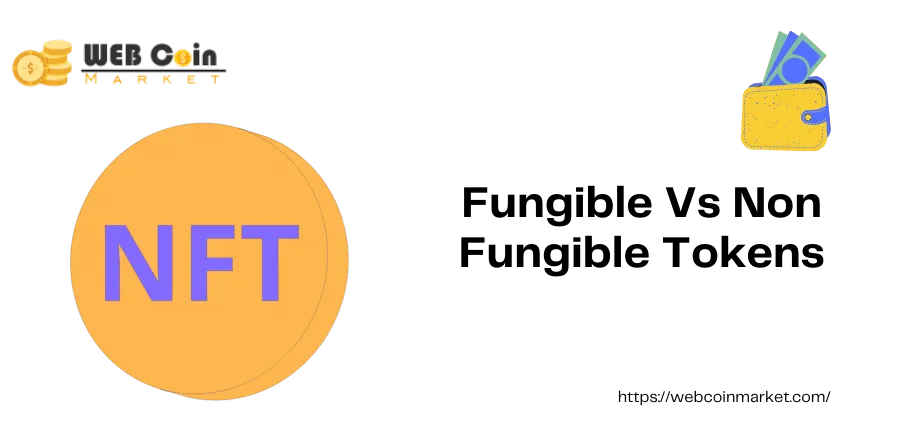

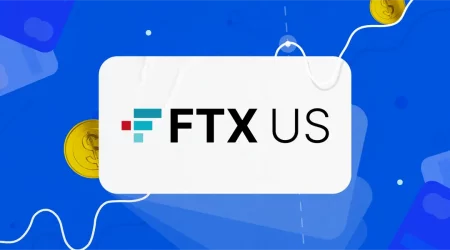
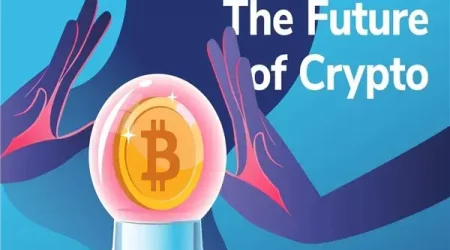
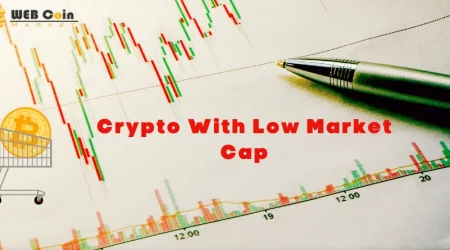



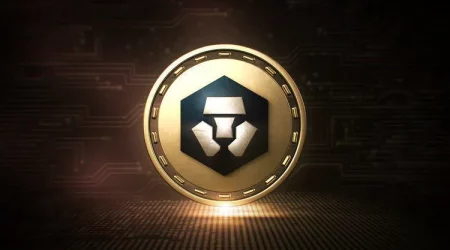
Leave a Reply